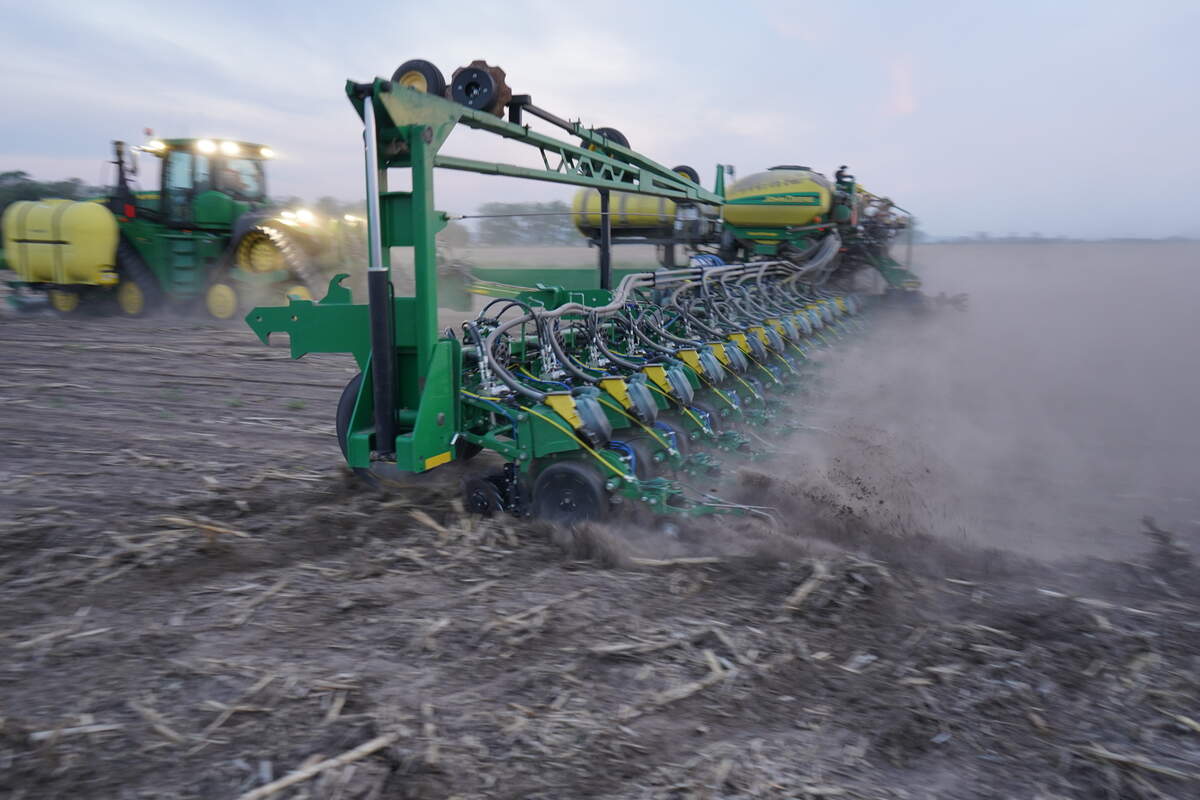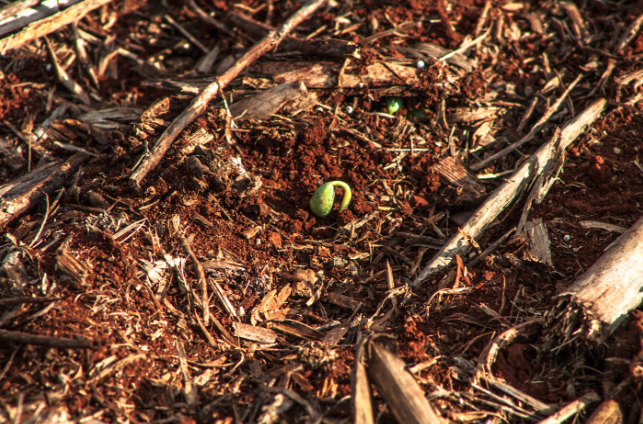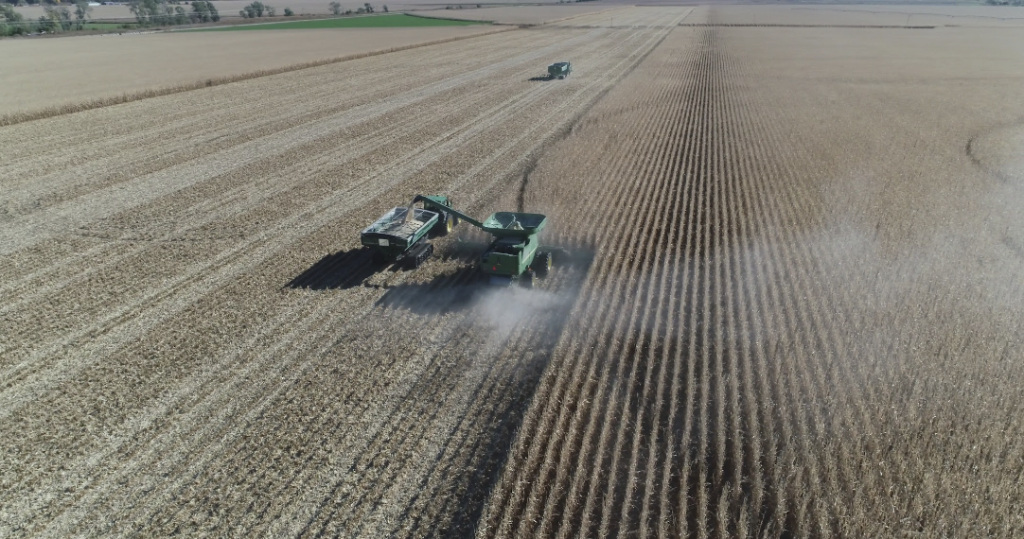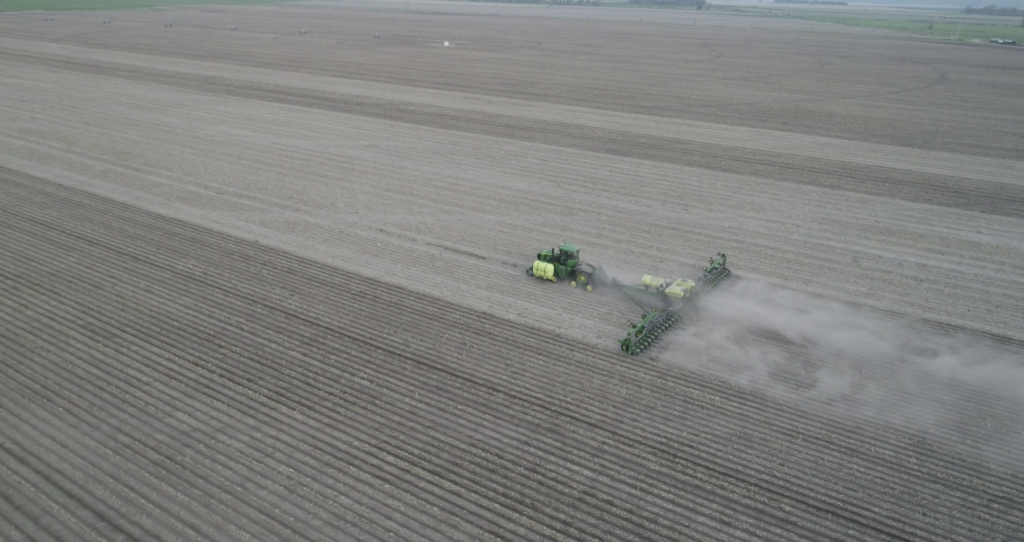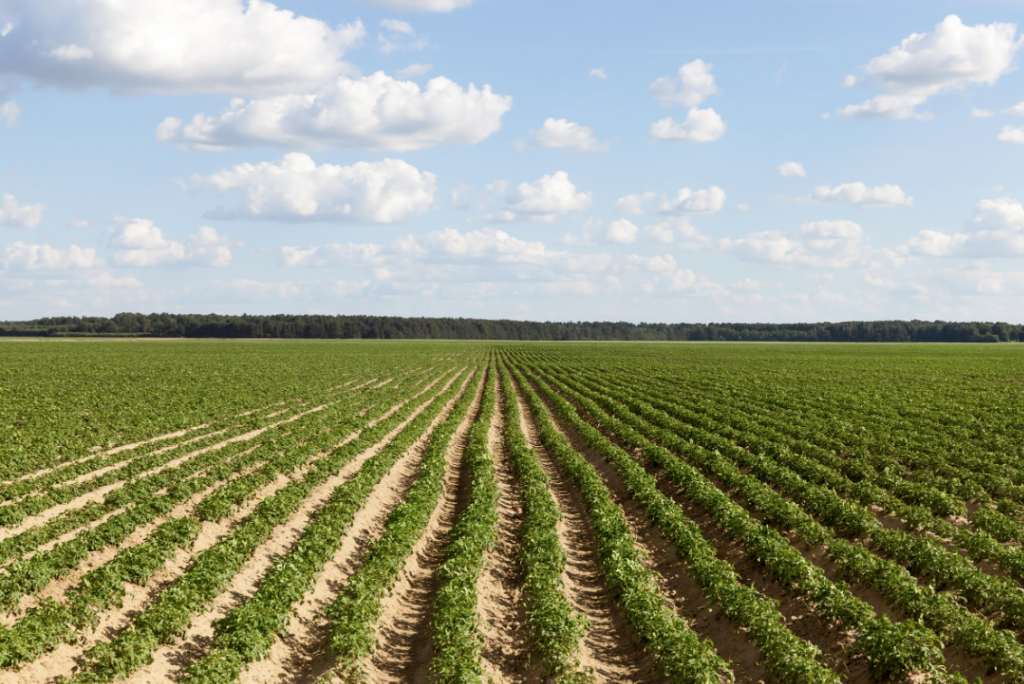If mild fall weather is lulling you into a false sense of security, be warned: winter in the US corn belt often arrives fast. As temperatures prepare to plunge, it’s a good time to get ahead on winterizing machinery and equipment.
A little effort now can pay dividends come the spring – not just by making sure your machinery is primed and ready for action when planting season starts, but by helping you avoid unnecessary downtime and costs. Let’s take a look at some priority tasks you should be completing before the winter freeze arrives.
Clean and store farm machinery
Dried on mud, crop residues and other debris accumulated during harvest, fall tillage and other farming operations should now be cleaned off of machines that won’t be used until the spring. You might wonder what’s the harm in leaving dry residue alone – but mud and chaff can trap moisture on surfaces that speeds up corrosion, and also prevents you from properly inspecting your equipment to ensure it’s in good condition.
A good wash down in the late fall might seem like a vanity project but it’s actually just good farm sense, helping you nip rust issues in the bud and extending the lifespan of your equipment.
Inspect engine compartments, belts and pulleys to make sure they’re clear of any plant residue that could catch fire when the machine is started up again in spring.
Once cleaned, ideally planters, harrows, chisel plows and other equipment that isn’t needed over winter should be stored in a weatherproof and rodent-proof barn to minimize the risk of damage occurring during idle periods. If space is an issue, consider using custom tarp to offer some protection from the elements.
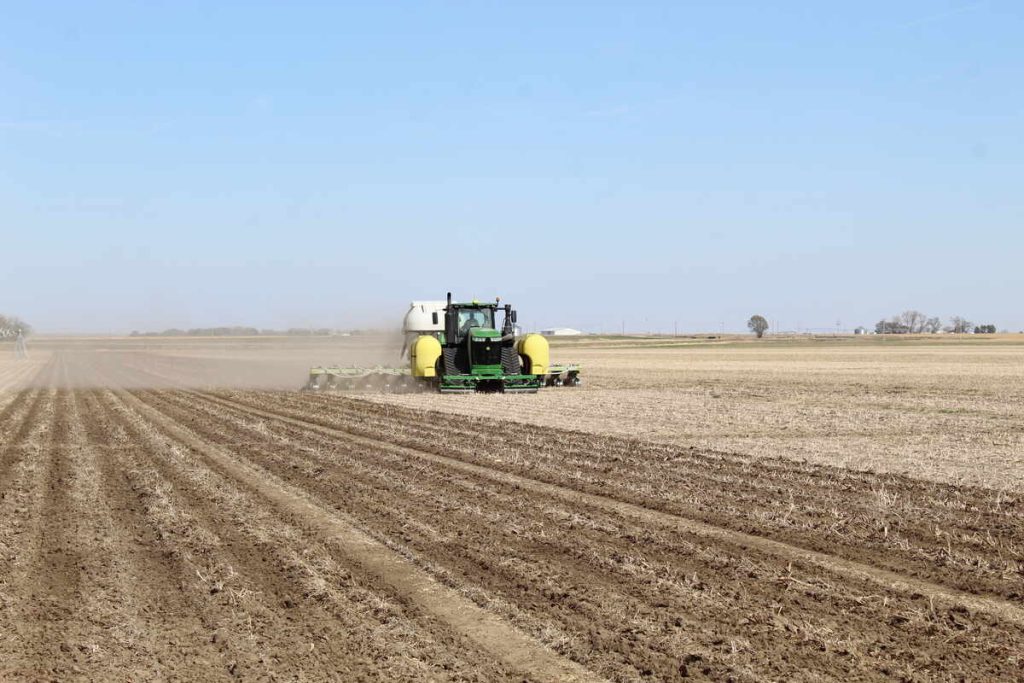
Look out for lubrication
Cold temperatures increase the viscosity of lubricants as well as causing metals to shrink or constrict. As a result, moving parts that are not adequately lubricated before winter sets in can seize up completely in cold weather, leading to unnecessary downtime and sometimes even expensive parts replacements to get them moving again.
Prevent this from happening by carrying out a lubrication check on all your farm equipment in the late fall – change to a lower viscosity engine oil if you live in a particularly cold region, apply grease where required, and replace sealed components like bearing hubs if you suspect they’ve reached the end of their useful life. This will ensure your machinery is ready to roll when the temperature starts to rise again.
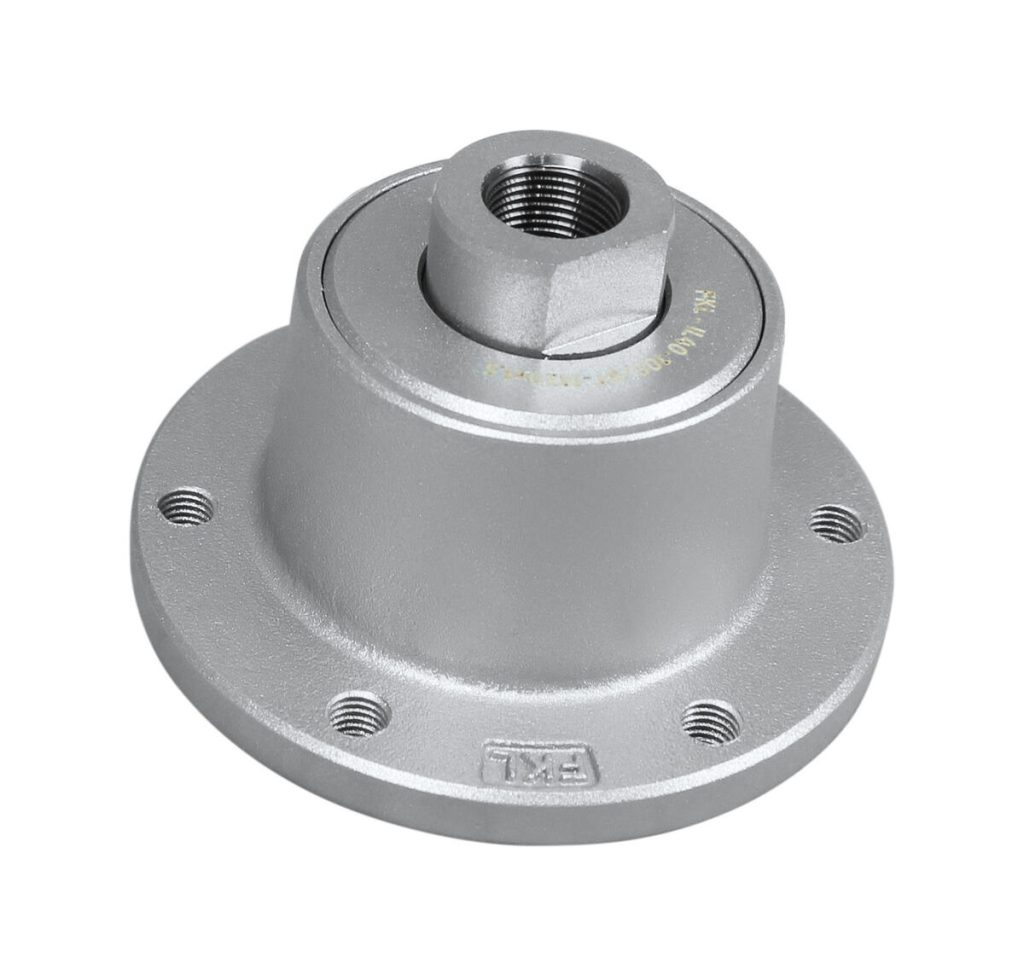
Coolant, fuel and other fluid checks
Winterizing fluids is important for machinery that will be stored in the colder months but also for machines you’ll continue to use in winter.
Check the antifreeze levels in the cooling system and also test the freeze point of the fluids to ensure the correct water to antifreeze ratio – vital to stop engines from freezing up in cold weather but also for making sure that water doesn’t corrode the engine interior when the machine is sitting idle.
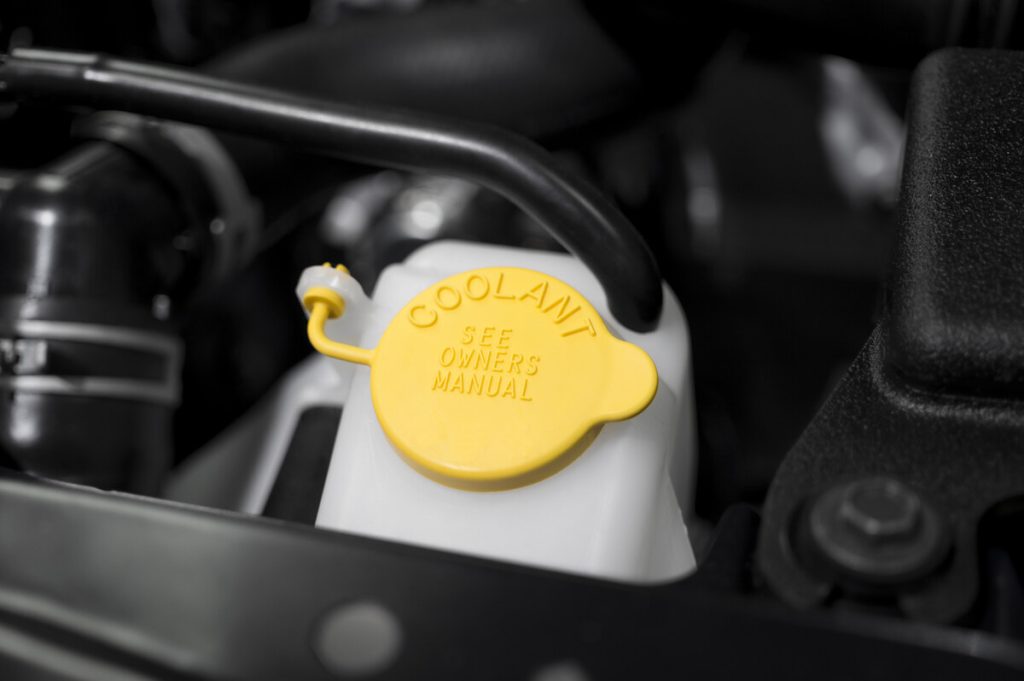
Engine powered equipment that won’t be used in winter should be stored with a full fuel tank – this stops condensation from forming during cold spells, which can contaminate the fuel with water when there’s a thaw.
Hydraulic fluids, transmission and engine oil should all be changed to a product with appropriate cold weather viscosity – run the machine for a short period after any fluid change to ensure the new fluid is circulated into the system.
Winter battery care
Idle batteries will discharge at a rate of 1% per day – and even faster in freezing weather – due to parasitic drain. This natural process can also lead to sulfation of the battery which means that it can’t be recharged due to a buildup of sulfur on its lead plates.
Maintain battery health by disconnecting and/or removing batteries and storing them in a warmer location – ideally keeping them charged using a smart charger that can detect when a top-up is required. If this isn’t possible, aim to start and run your machinery on a regular basis to prevent the battery from discharging too much.

Winter tire maintenance
After a long season in the field, there’s a good chance your vehicle tires are showing signs of wear or a loss of pressure – so now is a great time to inspect, replace or re-pressurize tires. Underinflated tired will result in rapid wear and sidewall damage while overinflation can increase the risk of perishing, blowouts and soil compaction.
Of course, if you’ll be using a snow plow or blower, you need to make sure your tires have adequate tread to grip in tricky conditions – don’t forget to make sure snow chains and other equipment is ready to go.
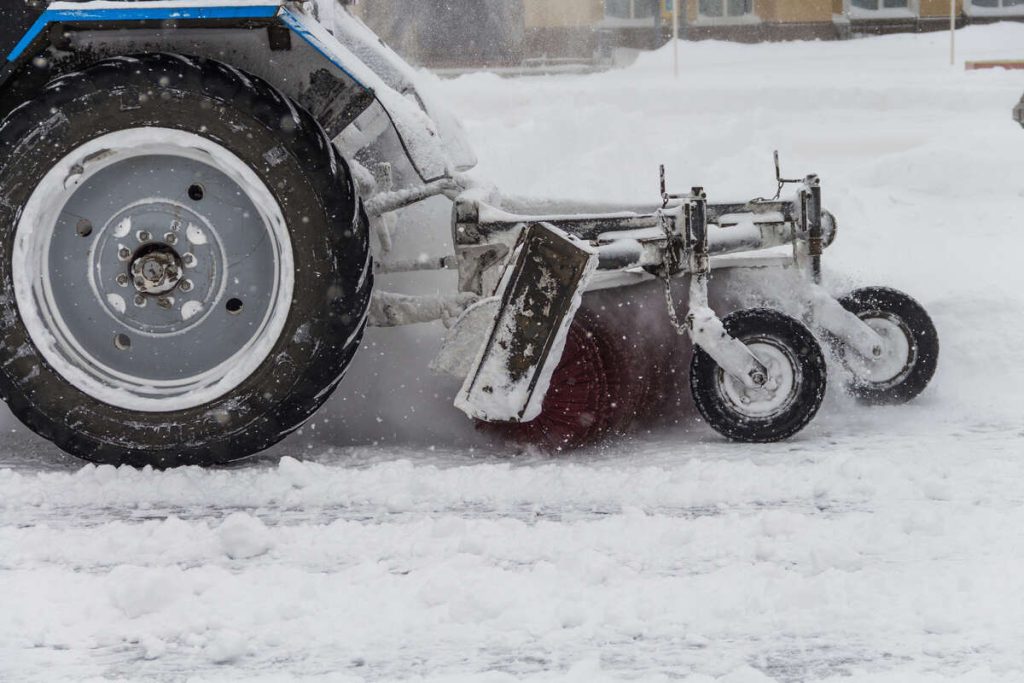
Essential electrical checks for farm vehicles
Checking vehicle electrics before winter sets in is another essential maintenance task – not least because darker, shorter days depend on headlights and illuminated instruments being in full working order.
For other equipment that will be stored over winter, it’s a good idea to make sure all bulbs and electrical connections are functional and safe to reduce the risk of electrical fires and ensure you can hit the ground running when spring planting rolls around.
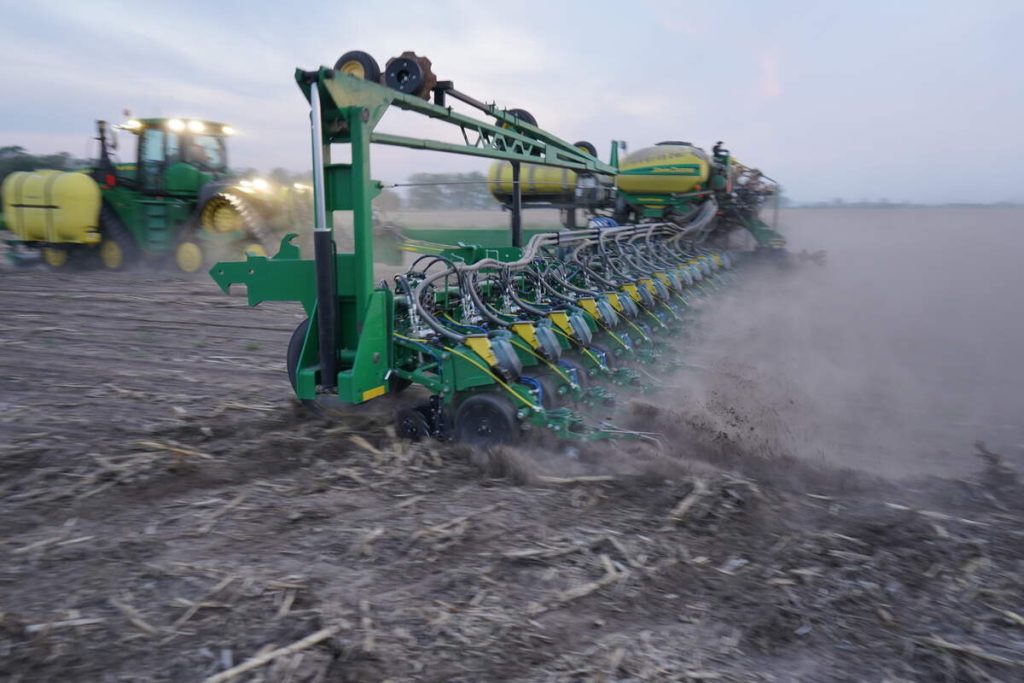
Maintaining tillage & planting parts
Before you store equipment away for winter, check that all wear parts – discs, blades, tines etc – are in good condition with enough life remaining to get you through the upcoming season. Check the alignment on coulters and chisels so that when you do bring this equipment back into use, you don’t have to waste valuable time on these checks and adjustments – once the sun comes out in spring, you’ll be good to go!
Don’t forget that our Maximum Duty seed opener blades carry our ‘Guaranteed True®’ promise – we test every assembly before it leaves our warehouse so you don’t have to.
Spare Parts Inventory
Even with the best maintenance and preparation in the world, breakdowns will happen. Winter is the ideal time to make sure you have supplies of replacement parts for your equipment so that if you do hit a bump in spring, you can quickly and easily carry out any necessary repairs and get back to work quickly.
Our Spring Preseason Promo runs from fall through New Year each year and offers farmers the chance to stock up on essentials for spring planting at discounted prices.
Enhance efficiency next spring
Regular maintenance combined with selecting the best quality tillage and planting parts you can afford is a tried-and-true way to enhance agronomic efficiency at any time of year.
Wearparts offers farmers a genuine alternative to OEM parts with the benefit of up to 30% extra wear life – check out what our customers say about us, or find your nearest dealer.

